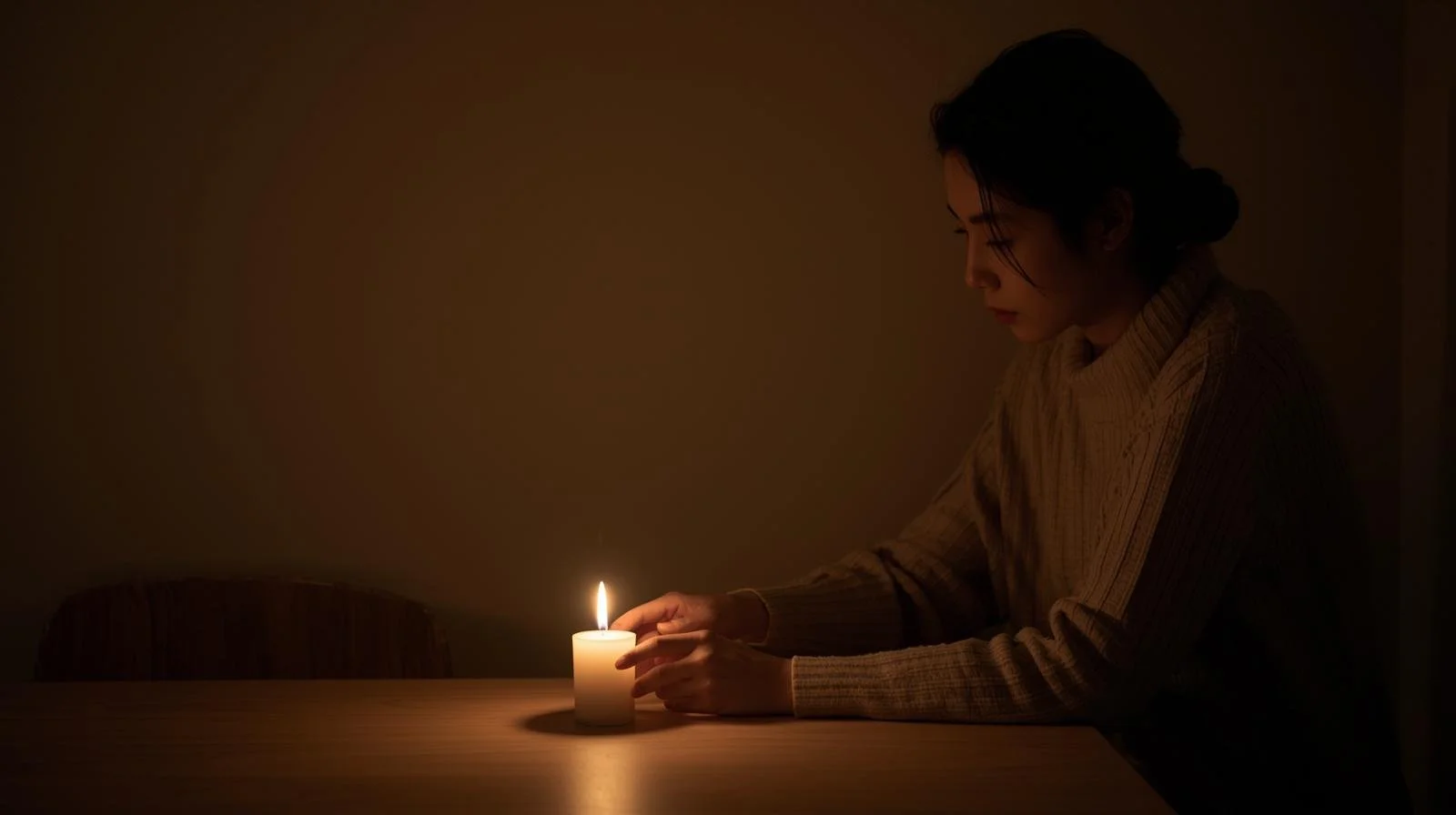How Rituals Create Stability in Uncertain Times
By Dr. Gabriel Tan | Anthropologist & Behavioral Scientist
Order in the Middle of Chaos
When life feels unpredictable, most of us reach for control — lists, schedules, plans, endless refreshes of the news. But real stability doesn’t come from control. It comes from rhythm.
Rituals are humanity’s oldest form of rhythm. They give shape to chaos and remind us where we stand when the world moves beneath us.
From lighting a candle before dinner to running the same trail every morning, rituals are less about belief and more about belonging — to time, to meaning, to ourselves.
Why the Brain Loves Ritual
Uncertainty triggers the amygdala, the brain’s alarm center. Rituals calm it by creating predictability. The brain translates repeated actions as “safety.”
In a study published by Harvard, researchers found that small rituals reduce anxiety even when people don’t consciously believe they will. The comfort doesn’t come from faith — it comes from familiarity.
Rituals engage the basal ganglia, the area responsible for habit formation, allowing the mind to relax while the body performs something known and grounding.
That’s why lighting a match, kneeling in prayer, or brewing coffee in silence can feel sacred — it’s your nervous system remembering how to feel safe.
Everyday Rituals That Restore Stability
1. The Transition Ritual
Before shifting tasks, create a simple action that marks the boundary. Step outside. Stretch. Wash your hands. This tells your brain: That moment is complete; this one begins.
2. The Morning Anchor
Start the day with one sensory ritual — opening a window, sipping water slowly, setting an intention. The first thing you do each day teaches your nervous system what kind of day it will be.
3. The Digital Sunset
Turn off screens at the same hour each night. Light a candle, play calm music, or journal. The ritual signals the body that the world can wait.
4. The Shared Gesture
Families, teams, even couples can create small collective rituals — a meal blessing, a group breath before meetings, a nightly “one good thing.” Shared rhythm builds shared resilience.
Cultural Lessons in Continuity
Across centuries and continents, humans have turned to ritual not as escape but as orientation.
In Japan, tea ceremonies transform simple acts into mindfulness.
In Ghana, communal drumming synchronizes heartbeats into one rhythm.
In Mexico, Día de los Muertos turns grief into remembrance.
Each is a different way of saying the same thing: meaning is made in repetition.
Quiet Marker
Rituals don’t need to be ancient, grand, or perfect. They only need to be yours.
In uncertain times, predictability isn’t small — it’s medicine.
Author Bio
Dr. Gabriel Tan is an anthropologist and behavioral scientist exploring the intersection of culture, emotion, and ritual. His work focuses on how ancient practices help modern people find stability, meaning, and connection.
*Guest contributions reflect the personal experiences and perspectives of their authors. While every piece is reviewed for quality and respect, the ideas shared may differ from the views of Josh Dolin. Readers are encouraged to take what resonates and leave the rest.

